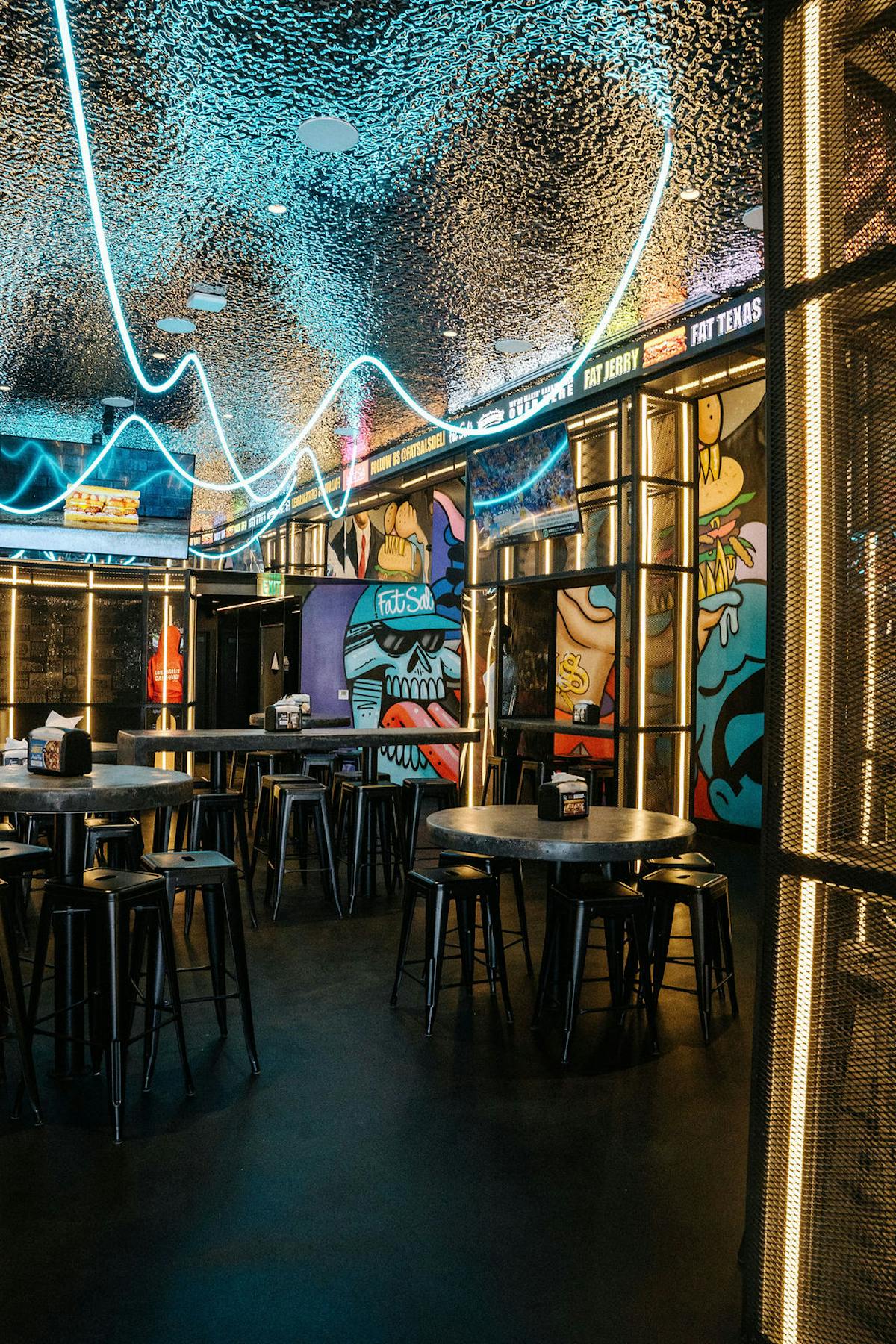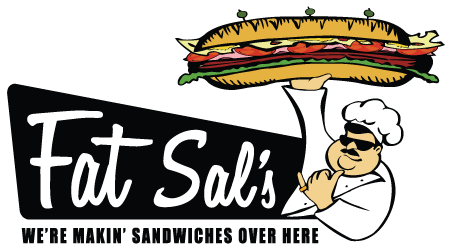The Secret to “Fast” Fast Food

So what’s the secret? What makes it so fast and consistent? Sure, sometimes quality and craft come at the cost of speed, but some fast food can still prioritize its ingredients and level of care. With the right formula, any type of cuisine or dish can become fast food, maximizing profits for restaurants, while minimizing time spent waiting for customers.
Fast Food Restaurant Set Up
Kitchen Designed for Speed
Fast-food kitchens are designed for maximum efficiency, with stations arranged in a logical workflow that minimizes movement and reduces preparation time.
The equipment in fast food restaurants isn’t the same as what you would have at home. Highly efficient, industrial griddles, rapid-speed conveyor toasters, and always-firing fryers are one of the secrets to getting food served in a handful of minutes. For context, McDonald’s can cook a burger patty in just 38 seconds due to its grill set at 750 degrees.
Restaurant Technology
Restaurant technology is key to helping chains handle a high volume of orders with little to no error. Point of sale systems (POS) are used to take orders, process payments, and manage inventory. Kitchen display systems (KDS) digitally track orders in real time, reducing communication errors and order accuracy in the back of house (BOH). In more recent years, we’ve also seen AI-driven order management systems and even kitchen robots for repetitive tasks.
Fast Food Operations
Food prep
Let’s be real: most big names in the fast food space – we’re talking McDonald’s, Wendy’s, Burger King, and Carl’s Jr. – use a lot of prepared, frozen menu items. Once they reach the restaurant, all that needs to be done is to heat, fry or crisp it up.
Nailing consistency
Chicken nuggets, for example, are often fried partially at a processing facility and then finished in-store. Before a shift starts, condiments are portioned out perfectly, and fresh ingredients are chopped and diced to ensure everything is ready the moment you order. Fast food restaurant employees on Reddit report that it's common to keep prepared food under a heat lamp to keep it warm and ready to serve.
Consistency is a major factor in fast food success, and there is a set process for every menu item. Cooking food is standardized, everything prepared with a precise temperature to cook time to ensure the same flavor, texture, and appearance. The Taco Bell burrito you order today should taste the same as tomorrow, and taste the same whether you order it in New York or California.
Running a tight ship
Inspired by Ford’s car manufacturing assembly line, McDonald's was the first restaurant to use this model in the kitchen (calling it the Speedee System). Instead of having one person grill a burger patty, toast the bun, spread the condiments, and add the toppings, there is normally an employee for each step, much like a factory
Does Speed Impact Food Quality?
Fast food is often associated with low food quality; if it comes out so quickly, it can’t be good.
The short answer is that yes, often fast food that comes from chain restaurants is of lower quality than what you might find at a sit-down full-service restaurant. It’s common for chains to use frozen or processed ingredients high in fat and sodium to maintain consistent flavor and efficiency. This, of course, may not taste as fresh or be as nutritious as made-from-scratch meals.
That being said, some fast-casual chains are challenging this notion by incorporating fresher ingredients without compromising speed – take Sweetgreens, In-And-Out, and Chipotle.
FYI: Fat Sal’s can be considered a fast-casual chain, and all of our food is made-to-order! We have strict quality standards for ingredient quality, and work with local bakeries to make the perfect bread for our sandwiches.
Fast Food: Balancing Efficiency, Cost, and Taste
Whether you’re a fast food fan or not, this industry remains an impressive example of the culinary world meeting operational efficiency. What fast food restaurants accomplish in their kitchens is not possible on our own. With prep, planning, specialized equipment, and streamlined processes, we can get a hot meal in under 5 minutes (and sometimes under $5!).
And remember, it’s not all so bad — you’ll just have to head over to chains like Chipotle, Sweetgreens, and Fat Sal’s for ingredients that are fresh, not frozen.
